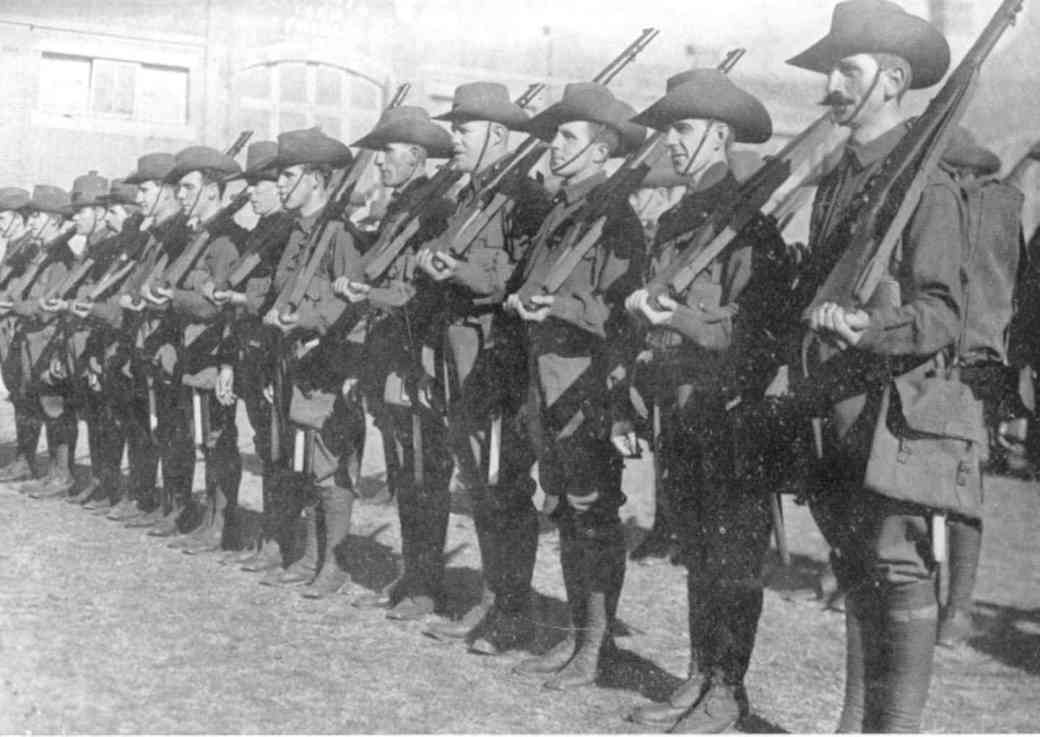Poor Nicky. The only time he catches a break is in the ASB forum.
Which is sad really.
Poor Nicky. The only time he catches a break is in the ASB forum.
Which is sad really.

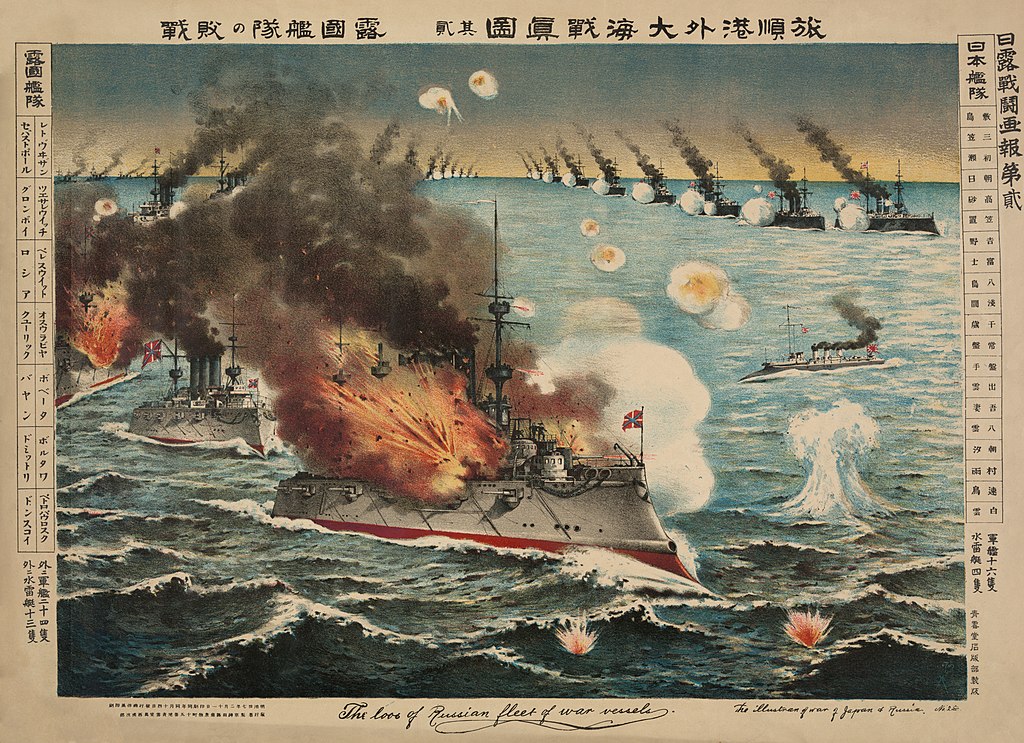
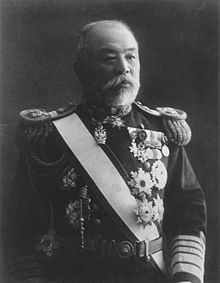

Indeed, the chilling opening scene of the brutal and bloody siege is one of the most immediate eye catchers. The opening looks at the French assault from the eyes of a doomed and unnamed French Sergeant whose futile charge through the British trench carries us, in slow motion, through the horrors of that first battle. As the Sergeant loses more and more troops, the camera goes more erratic, the sound more dulled and the action ever slower until his eventual death on the sword of a dismounted British cavalryman. The beautiful but chilling shot of the Sergeant slouching into the Englishman’s embrace with the setting African sun silhouetting them is one of the most striking in cinematic history.
Reminds me of the final charge in Gallipoli.
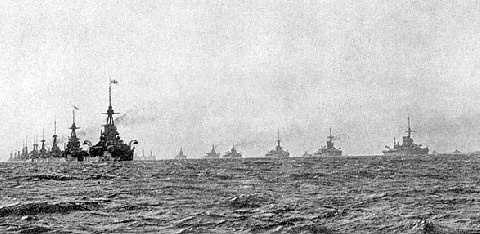
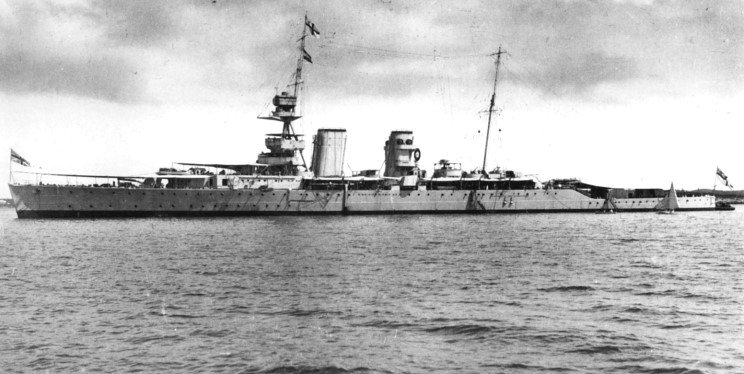
Nice way to tell the story through showing how it was told through the medium of film. Gives an insight into events and their effects after their time in history. Short-term victories by the alliance followed by the British using their resources to great effect appears to be the general thread here.
Don't really have to much to contribute other than to say nicely done and keep up the good writing.
This is the good stuff
I find this essay thing amusing,You neglected to mention the battle of the Mediterannian at all but overall its pretty solid and very well written in parts, just needs more work and sharpening up. 2.1
I find this essay thing amusing,



